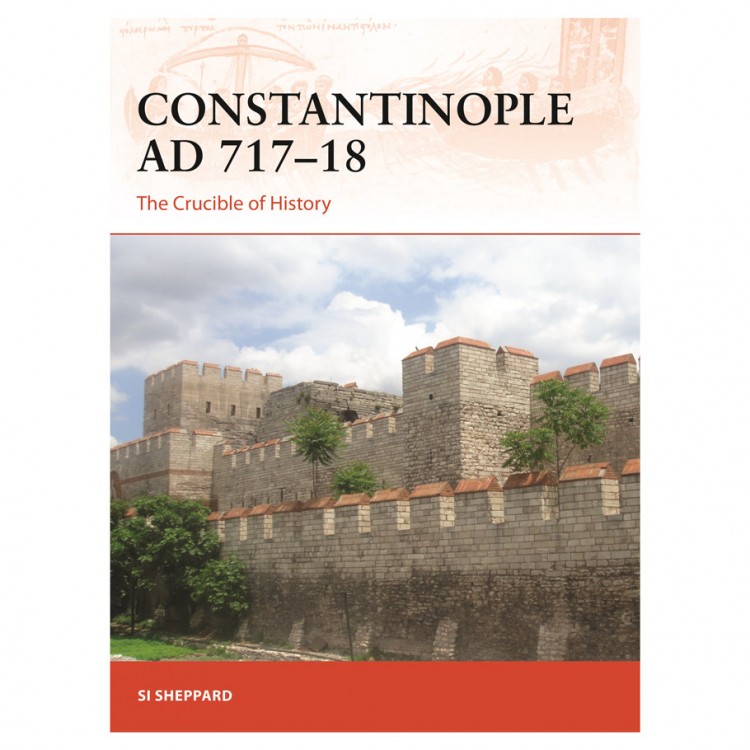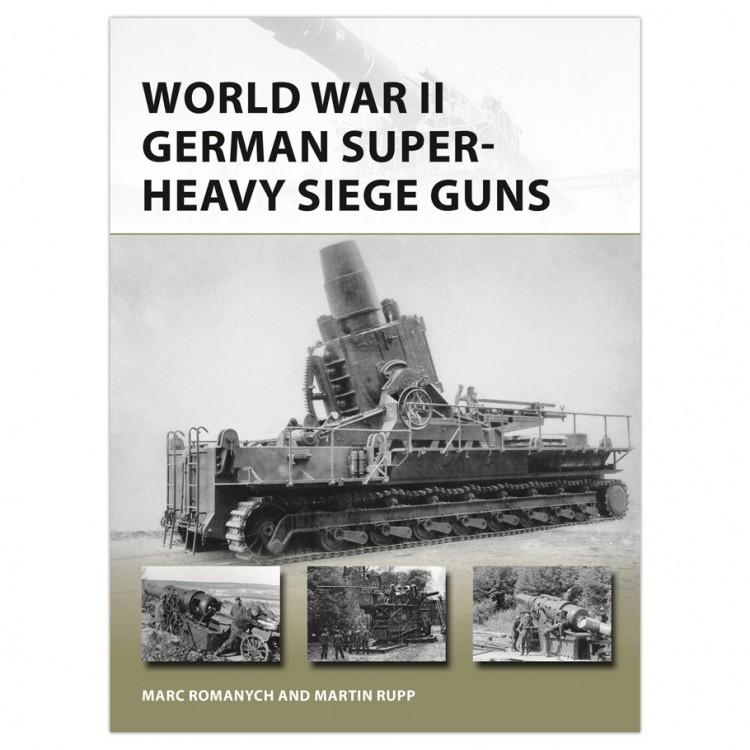Order by Date: February 20, 2020
Street Date: March 24, 2020
$30.00 SRP
SDI
A supplement introducing the horrors of the Gaping Abyss to Ragnarok, the game of vicious Viking combat with a heavy metal edge.
Ginnungagap, the Gaping Abyss, was once what separated the realms of Ice and Fire, keeping them in balance and sparing the other realms from their ravages. With the Nine Realms shattered, however, Ginnungagap has been left unguarded and unspeakable horrors now await those who wish to cross it.
Ragnarok: The Abyss includes new scenarios for Ragnarok as well as new monsters to vanquish in glorious battle. New mechanics introduce something once barely recognized by war clans--Fear--and present entirely new challenges for them to overcome in the telling of their sagas.
Author: Tim Korklewski
Illustrator: RU-MOR
112 page hardcover
|
| 






No comments:
Post a Comment